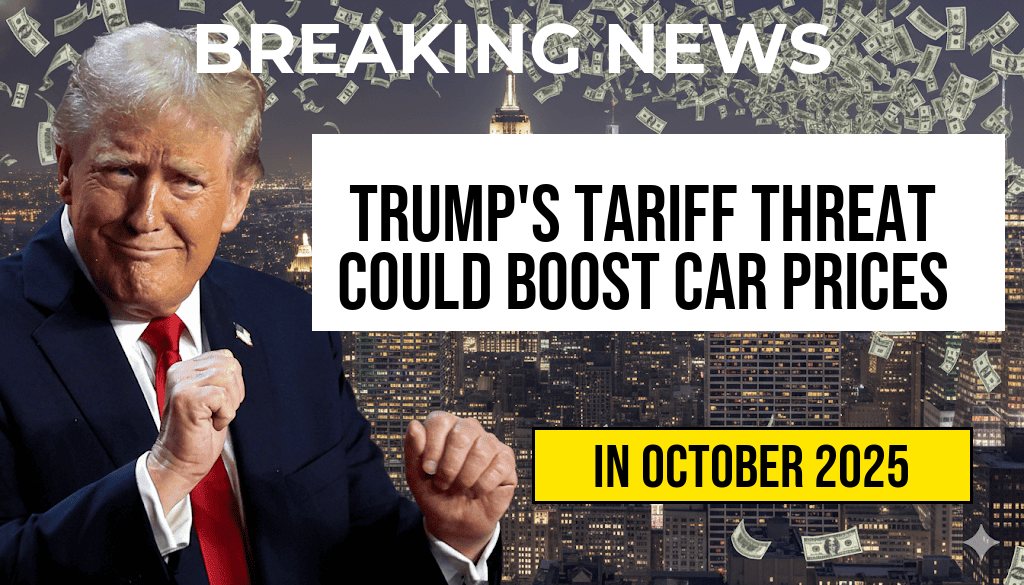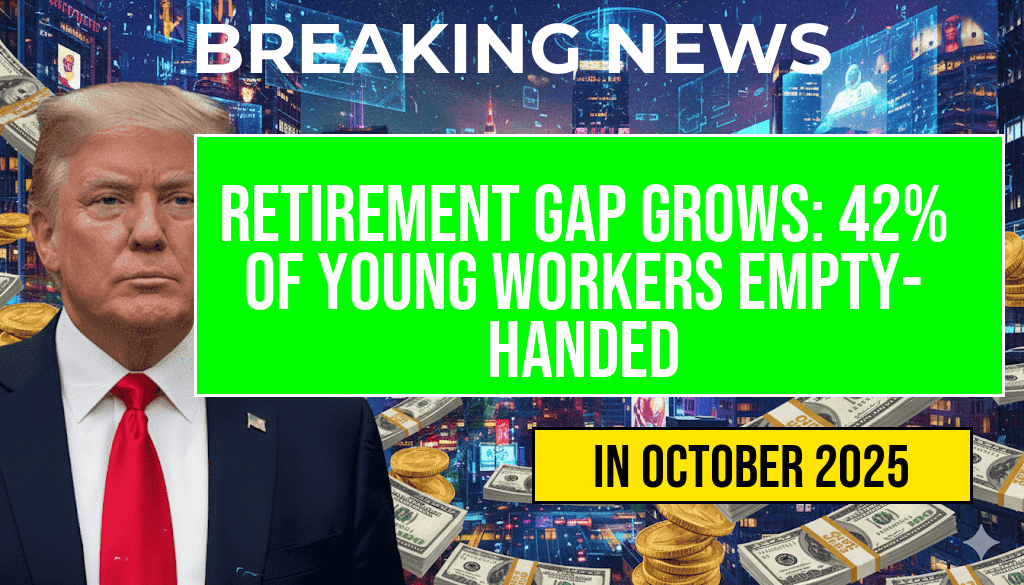Automakers and consumers are facing potential upheaval as President Donald Trump’s recent tariff threat on imported vehicles and auto parts could lead to significant price increases. Industry analysts warn that if the tariffs are implemented at proposed levels, the final cost of a new vehicle could surge by as much as $5,286, impacting a broad spectrum of buyers and altering market dynamics. The threat comes amid ongoing trade negotiations and the administration’s efforts to renegotiate trade agreements, but it has already sparked concern among manufacturers, dealerships, and consumers alike. With the U.S. auto market heavily reliant on foreign parts and vehicles, the ripple effects could reshape pricing strategies and consumer choices in the months ahead.
Details of the Proposed Tariff and Its Potential Impact
The Scope of the Tariff Threat
President Trump’s administration has indicated plans to impose tariffs on imported vehicles and auto parts, citing concerns over trade imbalances and national security. The proposed tariffs, which could reach levels as high as 25%, are targeted at foreign-made vehicles from key trading partners including Mexico, Canada, and European Union member states. According to industry estimates, such tariffs could increase the average price of a new vehicle by approximately $2,000 to $5,286, depending on the vehicle’s make, model, and origin.
How Prices Could Rise
| Vehicle Category | Current Average Price | Estimated Increase | Projected New Price |
|---|---|---|---|
| Compact Cars | $21,000 | $1,000 – $2,500 | $22,000 – $23,500 |
| SUVs and Crossovers | $36,000 | $2,000 – $4,500 | $38,000 – $40,500 |
| Luxury Vehicles | $50,000 | $3,000 – $5,286 | $53,000 – $55,286 |
Factors Influencing the Price Increase
Supply Chain Disruptions
The auto industry relies heavily on imported parts, including electronics, transmissions, and chassis components. Tariffs could increase costs for manufacturers, prompting them to pass those expenses onto consumers. This could also lead to supply chain delays, further constraining inventory and possibly elevating prices due to scarcity.
Manufacturer Responses
Automakers might adjust by sourcing more components domestically or redesigning models to minimize tariff exposure. However, such shifts often involve significant costs and time, which could translate into higher prices for the end consumer. Additionally, some brands may choose to absorb part of the tariff costs to remain competitive, but sustained tariffs could ultimately erode profit margins.
Market Reactions and Consumer Implications
Automaker Stock and Sales Outlook
Following the tariff threat, shares of major automakers experienced volatility, reflecting investor concern over increased costs and reduced demand. Sales forecasts for the upcoming year have been adjusted downward by several industry analysts, citing increased prices as a deterrent for some buyers.
Consumer Choice and Affordability
Potential price hikes could lead to reduced affordability for many American consumers. According to a recent study by the National Highway Traffic Safety Administration, vehicle affordability has been gradually declining, and an additional price increase could accelerate this trend. Buyers might opt for used vehicles, which are less affected by tariffs but often come with higher maintenance costs and fewer features.
Broader Economic and Policy Context
Trade Policy and Political Dynamics
The tariff threat is part of a broader strategy to renegotiate trade agreements and impose leverage on trading partners. While aimed at reducing trade deficits, such measures risk provoking retaliatory tariffs, which could exacerbate inflationary pressures and slow economic growth. Policymakers are under pressure to balance national security concerns with the potential economic fallout.
Potential Outcomes and Next Steps
- Negotiations with trade partners to mitigate tariffs
- Automaker adaptations to supply chain adjustments
- Consumer shifts toward alternative transportation options
As discussions continue, industry watchers anticipate that any final decision on tariffs will significantly influence vehicle pricing, supply chains, and market stability into 2024.
Additional Resources
- Trade Policy of the United States
- Forbes: Trump’s Tariff Threat May Increase Vehicle Prices by Up to $5,286
Frequently Asked Questions
What is the main concern regarding Trump’s tariff threat on new cars?
The primary concern is that Trump’s tariff threat could lead to an increase in vehicle prices by up to $5,286, making new cars more expensive for consumers.
How might tariffs impact the overall cost of new vehicles?
Tariffs on imported parts and vehicles can raise the manufacturing costs for automakers, which are often passed on to consumers, resulting in higher vehicle prices.
Which types of vehicles are most affected by potential tariffs?
Both imported cars and vehicles with a high percentage of foreign-made parts are likely to see the most significant price increases if tariffs are imposed or increased.
Could these tariffs lead to changes in the auto market or consumer choices?
Yes, higher prices could reduce consumer demand, shift preferences towards domestically-produced vehicles, and potentially cause automakers to adjust their product offerings.
What should consumers consider before purchasing a new vehicle amid tariff concerns?
Consumers should stay informed about tariff developments, consider timing of their purchase, and evaluate alternative options such as locally-made vehicles or used cars to mitigate potential price increases.






